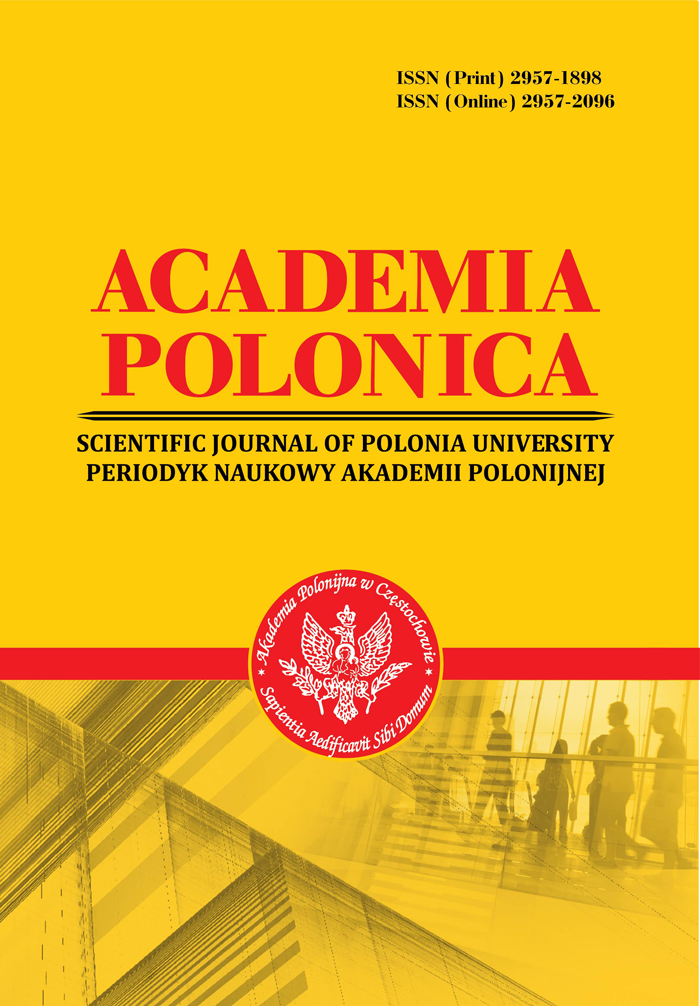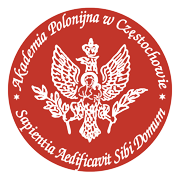MORAL AND AESTHETIC PARAMETERS IN THE SYSTEM OF VALUES OF ADOLESCENT MUSIC SCHOOL STUDENTS
Abstract
The article analyzes the concept of "value orientations", which are viewed as meaning-making attitudes internalized by individuals through the process of socialization. The article explores the specific features of how value orientations develop during adolescence. It is particularly noted that, at this stage of life, peer groups ‒ engaged in shared activities and communication ‒ exert a significant influence on this process.The development of an adolescent's hierarchical value system is examined through key parameters: the degree to which the hierarchical structure of values is formed as a unified whole, the content of value orientations (characterized by a set of specific values included in the structure), and the direction of this structure.The article also addresses the issue of cultural self-identification in the context of value orientation formation, briefly outlining the role of experiential learning in this process. It is noted that cultural identification in adolescence often takes on a transitional, intermediate nature, in which identity is no longer rooted in the immediate environment and begins to seek out new forms.The article explores the educational influence of art on the formation of personal value orientations. It highlights the role of music education—particularly learning to play a musical instrument ‒ in fostering value orientations that help adolescents resist negative influences and favor constructive choices. Finally, the article discusses the main factors to be considered when selecting and implementing methods and tools for supporting adolescents' personal development and the formation of their value systems.
References
2. Chzhan, Hui (2022). Estetychnyi rozvytok starshoklasnykiv v umovakh dytiachoi muzychnoi shkoly [Aesthetic development of high school students in a children's music schoolSumskyi derzhavnyi pedahohichnyi universytet imeni A. S. Makarenka, Sumy. 252 p. Retrieved from: https://repository.sspu.edu.ua/handle/123456789/13077 [in Ukrainian]
3. Duman, N. (2024). EXPLORING MUSICAL IDENTITY DEVELOPMENT: PERSPECTIVES OF STAGE THEORY, SELF-DETERMINATION THEORY, AND LIFESPAN APPROACH. Balkan Muzik Ve Sanat Dergisi. https://doi.org/10.47956/bmsd.1463953 Retrieved from: https://www.academia.edu/125739810/EXPLORING_MUSICAL_IDENTITY_DEVELOPMENT_PERSPECTIVES_OF_STAGE_THEORY_SELF_DETERMINATION_THEORY_AND_LIFESPAN_APPROACH
4. Haidukevych ,K. A. (2011). Moralno-estetychni tsinnosti v dukhovnii kulturi suchasnoi ukrainskoi molodoi simi [Moral and aesthetic values in the spiritual culture of the current Ukrainian young family]. Kyiv, 22 p. [in Ukrainian]
5. Hajdu, G. and Sik, E. (2020). Age, Period, and Cohort Differences in Work Centrality and Work Values. Youth Studies - Values, Practices and Discourses on Generations, Pp.49–80. Retrieved from: https://www.academia.edu/42579546/Age_Period_and_Cohort_Differences_ in_Work_Centrality_and_Work_Values
6. Hrytsiuta, O. F. (2021). Vykhovannia moralnykh tsinnostei u pidlitkiv v umovakh litnikh taboriv vidpochynku [The inculcation of moral values from children in the minds of summer camps is completed]. Kyiv,. 268 p. Retrieved from: https://snu.edu.ua/wp-content/uploads/2022/05/Grytsyuta-O.F.-dysertatsiya.pdf [in Ukrainian]
7. Kant, I. (2000) Krytyka chystoho rozumu [Criticism of pure reason] / Per. z nim. ta prymit. I. Burkovskoho. Kyiv, Yunivers, 504 p. Retrieved from: https://shron1.chtyvo.org.ua/Kant_ Immanuel/Krytyka_chystoho_rozumu.pdf
8. Mirazanashvili, N., (2012). Pedagogical Problem in Development of Artistic Taste via Fine Arts in Teenagers International Journal for Cross-Disciplinary Subjects in Education (IJCDSE), Volume 3, Issue 4, December Retrieved from: https://www.academia.edu/71083703/Pedagogical_ Problem_in_Development_of_Artistic_Taste_via_Fine_Arts_in_Teenagers [in Georgia]
9. Nitsshe, F. (2002). Po toi bik dobra i zla. Henealohiia morali [Beyond Good and Evil / On the Genealogy of Morality] Per. z nim. A.Onyshko, Lviv: Litopys,. 320 p. Retrieved from: https:// shron1.chtyvo.org.ua/Nietzsche_Friedrich/Po_toi_bik_dobra_i_zla_Henealohia_morali.pdf
10. Padalka, H. M. (2008). Pedahohika mystetstva (Teoriia i metodyka vykladannia mystetskykh dystsyplin) [Art Pedagogy (Theory and methodology of teaching art disciplines)] / Kyiv, Osvita Ukrainy,. 274 p. [in Ukrainian]
11. Paris, P. (2021). The Aesthetics of Ethics: Exemplarism, Beauty, and the Psychology of Morality. Journal of Value Inquiry. Pp.601-625 Retrieved from: https://www.academia.edu/110854567/The_Aesthetics_of_Ethics_Exemplarism_Beauty_and_the_Psychology_of_Morality&nav_from=e5d9e8b3-0791-4f79-b068-fccb4c4c6f88&rw_pos=undefined
12. Pecheniuk, M. A., Priadko, O. M., Vatamaniuk, H. P. ta in.(2014). Aktualni pytannia estetychnoho vykhovannia molodi zasobamy muzyky [Current issues of aesthetic education of youth through music]: monohrafiia. Kamianets-Podilskyi: Vydavets PP Zvoleiko D. H.,. 200 p. [in Ukrainian]
13. Rudnytska, O. (1997). Mystetstvo u konteksti rozvytku dukhovnoi kultury osobystosti [Art in the context of the development of the spiritual culture of the individual]. Khudozhnia osvita i problemy vykhovannia molodi: zb. nauk, statei. Kyiv, Minosvity Ukrainy, UZIMN,. Pp. 3–11. [in Ukrainian]
14. Sartr, J.-P. (2022). Ekzystentsializm – tse humanizm [Existentialism is humanism] / Zhan-Pol Sartr // Psykholohiia i suspilstvo. № 2. Pp. 49-65. Retrieved from: http://dspace.wunu.edu.ua/handle/316497/52461
15. Schopenhauer, Arthur (2014). The World as Will and Representation, Retrieved from: http://loveread.ec/contents.php?id=87372
16. Strohal, T. Yu. (2018). Formuvannia emotsiino-estetychnoho dosvidu pidlitkiv na urokakh muzyky [Formation of emotional and aesthetic experience of adolescents in music lessons]. Kyiv: NPU im. M.P.Drahomanova.. 228p. Retrieved from: https://uacademic.info/ua/document/0418U000596 [in Ukrainian]
17. Tokareva, N., Shamne, A., Makarenko, N. (2014). Сучасний підліток у системі психолого-педагогічного супроводу [Modern teenager in the system of psychological and pedagogical support]: Kryvyi Rih. 312 p. Retrieved from: https://elibrary.kdpu.edu.ua/bitstream/0564/1760/1/%D0%BF%D1%96%D0%B4%D0%BB%D1%96%D1%82%D0%BE%D0%BA.pdf [in Ukrainian]
18. Zalys, V. (2012). Music and new technologies as specific language of teenagers. American Academic & Scholarly Research Journal. Retrieved from: https://www.academia.edu/110090856/Music_and_new_technologies_as_specific_language_of_teenagers
19. Ziaziun, I. A., Myropolska, N. Ye., Khliebnikova, L. O. ta in. (1998). Vykhovannia estetychnoi
kultury shkoliariv: navch. Posib [Inspiration of the aesthetic culture of schoolchildren]. Kyiv: IZIMN, 153 p. [in Ukrainian]
Abstract views: 152 PDF Downloads: 59







